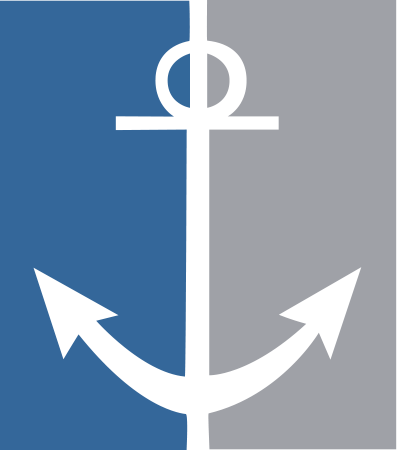While all types of cargo are transported on the Great Lakes-Seaway system, bulk cargo dominates commercial shipping in the region. Transportation of these cargoes serve the region’s farmers and manufacturers. Other cargoes include break bulk, containerized and project cargo.
- Bulk cargo includes products that are loose and unpackaged, such as grain, sand, or coal. These cargoes are typically loaded and unloaded via conveyer systems.
- Containerized cargo includes products transported in standardized steel boxes. Because these containers can be easily interchanged between ship, rail, and truck, they offer a flexible and efficient means of goods movement.
- Break bulk cargo includes products that are not able to be containerized, but are also not loose. Such cargo may be in bags, drums or bales, or bundled and strapped such as lumber or steel.
- Project cargo includes products that are unusually heavy, oversized or of an awkward shape and would have difficulty moving by rail or highway. Such cargo includes wind turbine components, large machinery and industrial equipment.
Primary Great Lakes-Seaway cargoes include:
Iron Ore
The primary ingredient in steel making, iron ore is mined in northern Minnesota, the Upper Peninsula of Michigan and in eastern Quebec. From the mine, ore is transported by rail to nearby ports and shipped to steel mills in Northwest Indiana, Detroit, Cleveland, and Hamilton, Ontario.
Coal
A key fuel for power generation, coal is mined in the Powder River Basin of Wyoming and Montana. From these mines, it is railed to Superior, Wisconsin and Chicago, Illinois, where it is transferred to ship for final delivery to shore-side electric generating facilities throughout the Great Lakes region. Similarly, coal from Ohio, Pennsylvania and West Virginia is railed to Lake Erie ports for delivery by ship.
Limestone
Used in steel production, cement production, and road construction, limestone is one of the top commercial cargoes moved on the Great Lakes-Seaway system. Michigan is the dominant producer of limestone aggregate which is transported by vessel to ports throughout the region.
Farm Products
Grown by farmers throughout the upper Midwest, wheat, sorghum, corn and soybeans are key cargoes being exported in bulk from Great Lakes-Seaway ports. Major grain export facilities are located in the ports of Thunder Bay, Ontario; Duluth, Minnesota; Superior, Wisconsin; and Toledo, Ohio.
Steel
Semi-finished steel products such as slabs, plates, bars, and coils are imported into the Great Lakes-Seaway system typically from Europe or South America. Local steel processing companies take delivery of these cargoes and perform additional value-added processing such as rolling, stamping, or pickling. Finished steel products are used in construction, automobiles, machinery, and appliances.
Project Cargo
Are unique shipments by vessel of unusually heavy, large or awkwardly shaped products. For example, industrial equipment for mining, refining or steel making are often transported by ship when highway and rail transport are disruptive to communities, or simply not viable. Typical project cargo moved on the Great Lakes-Seaway system would include large turbine blades for wind energy projects, giant steel pressure vessels for oil refining, and railroad locomotives for export.

